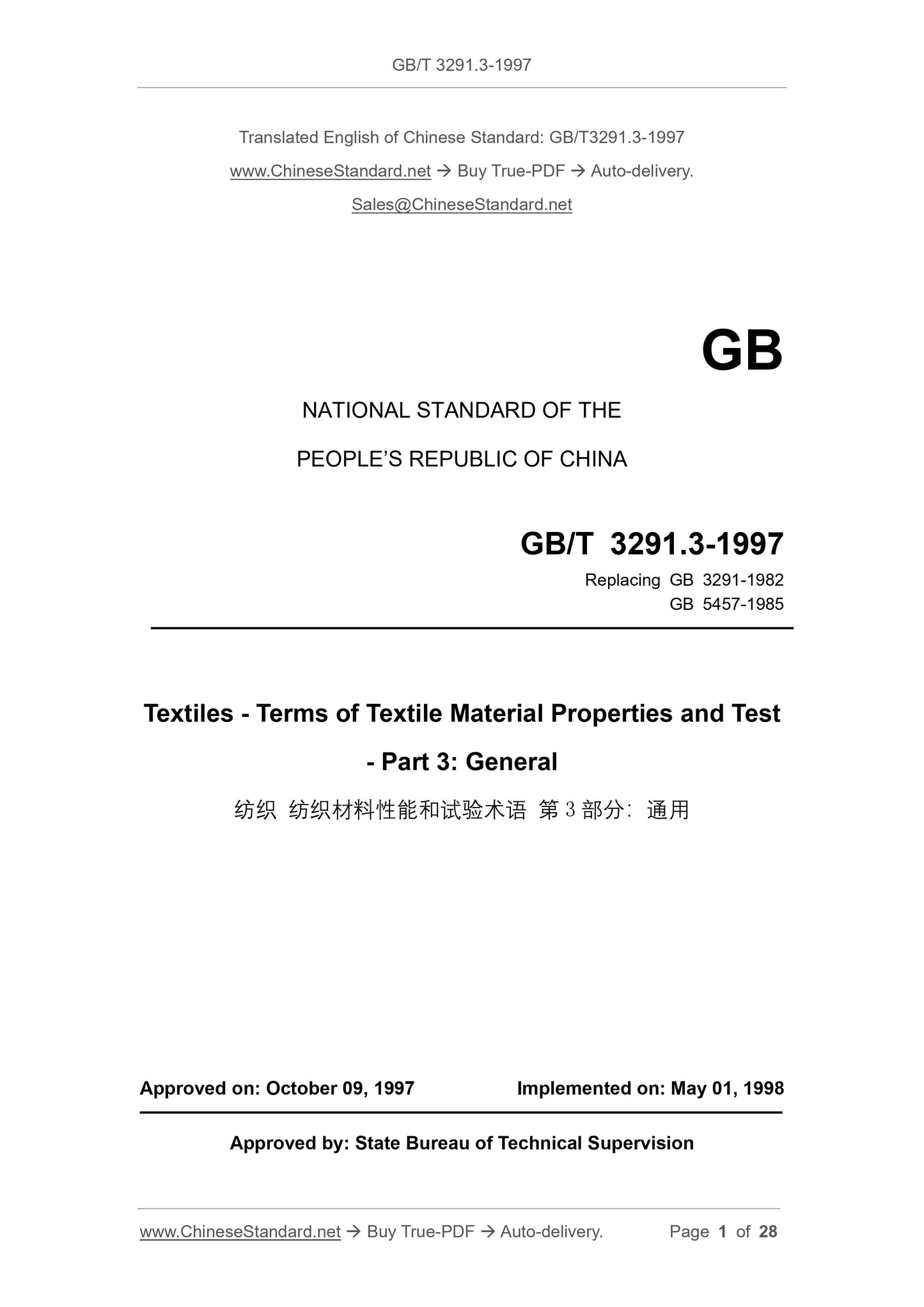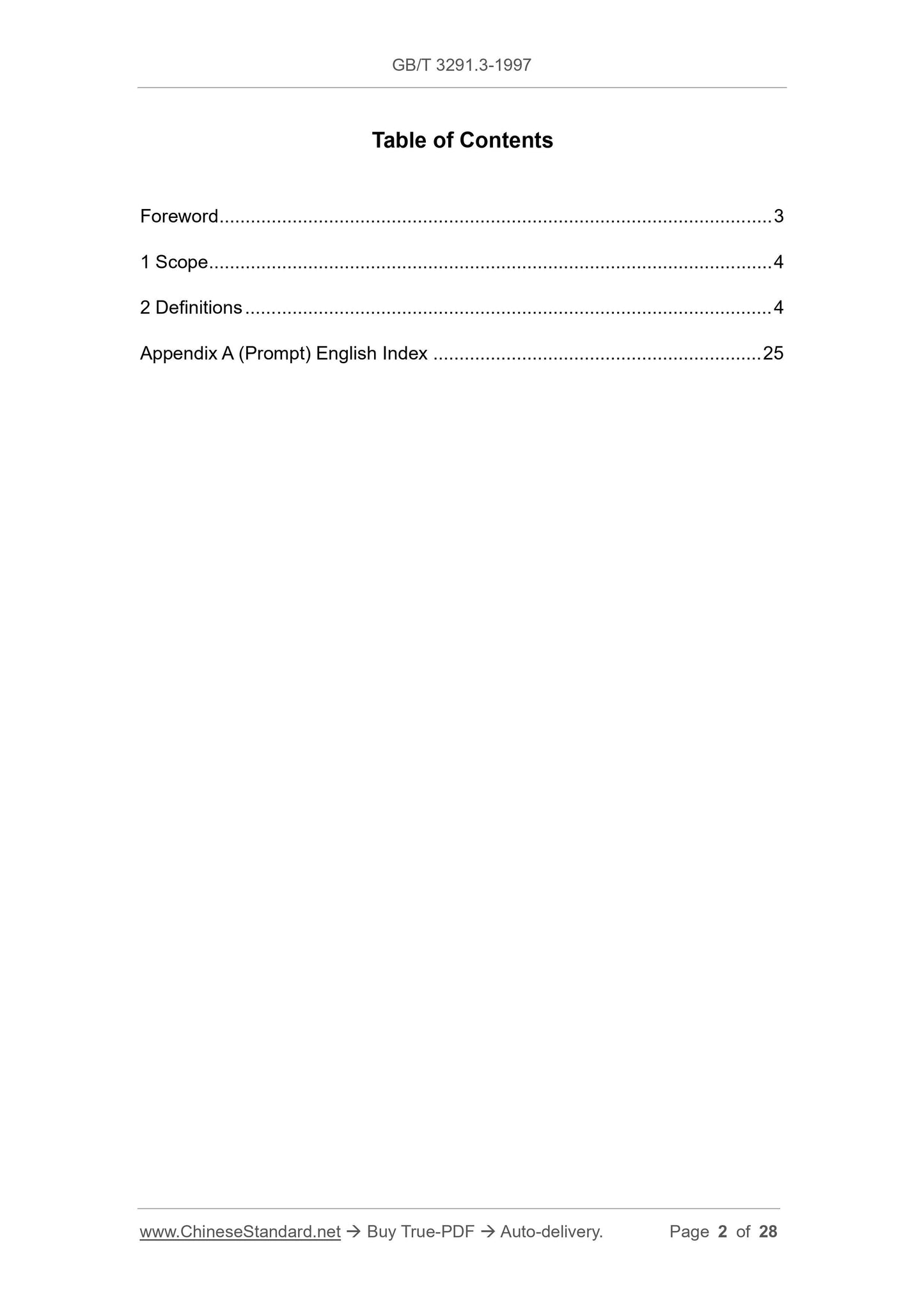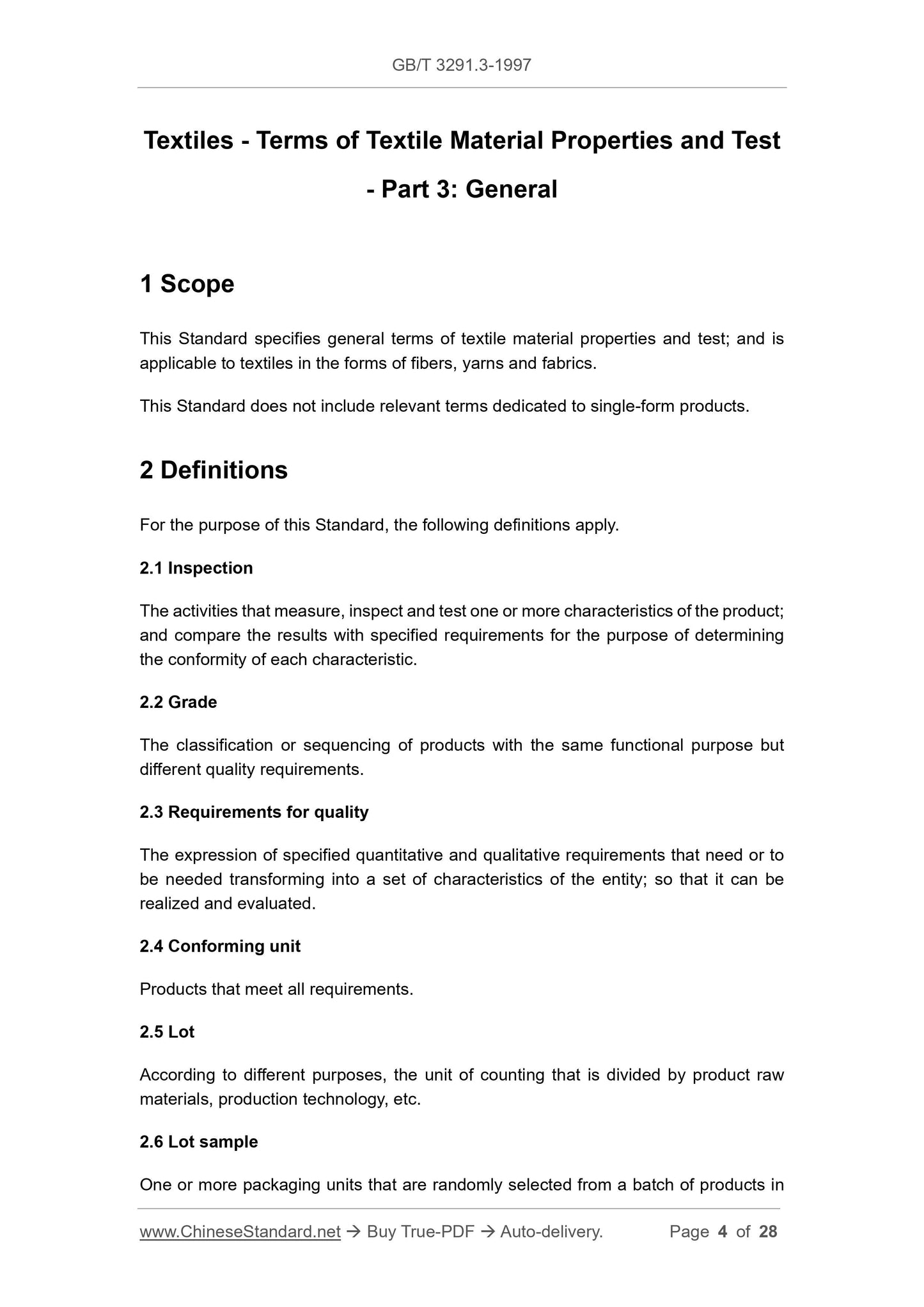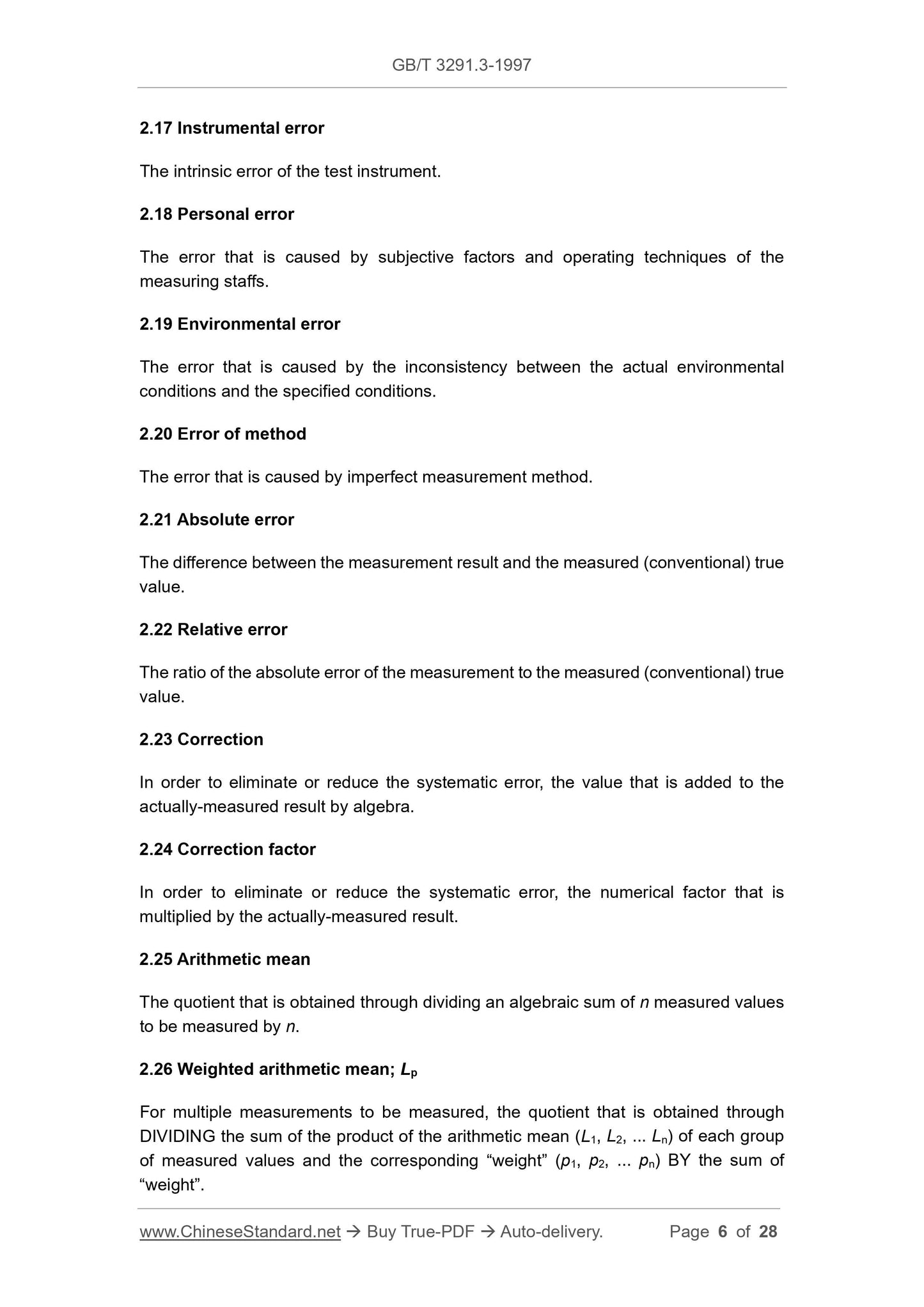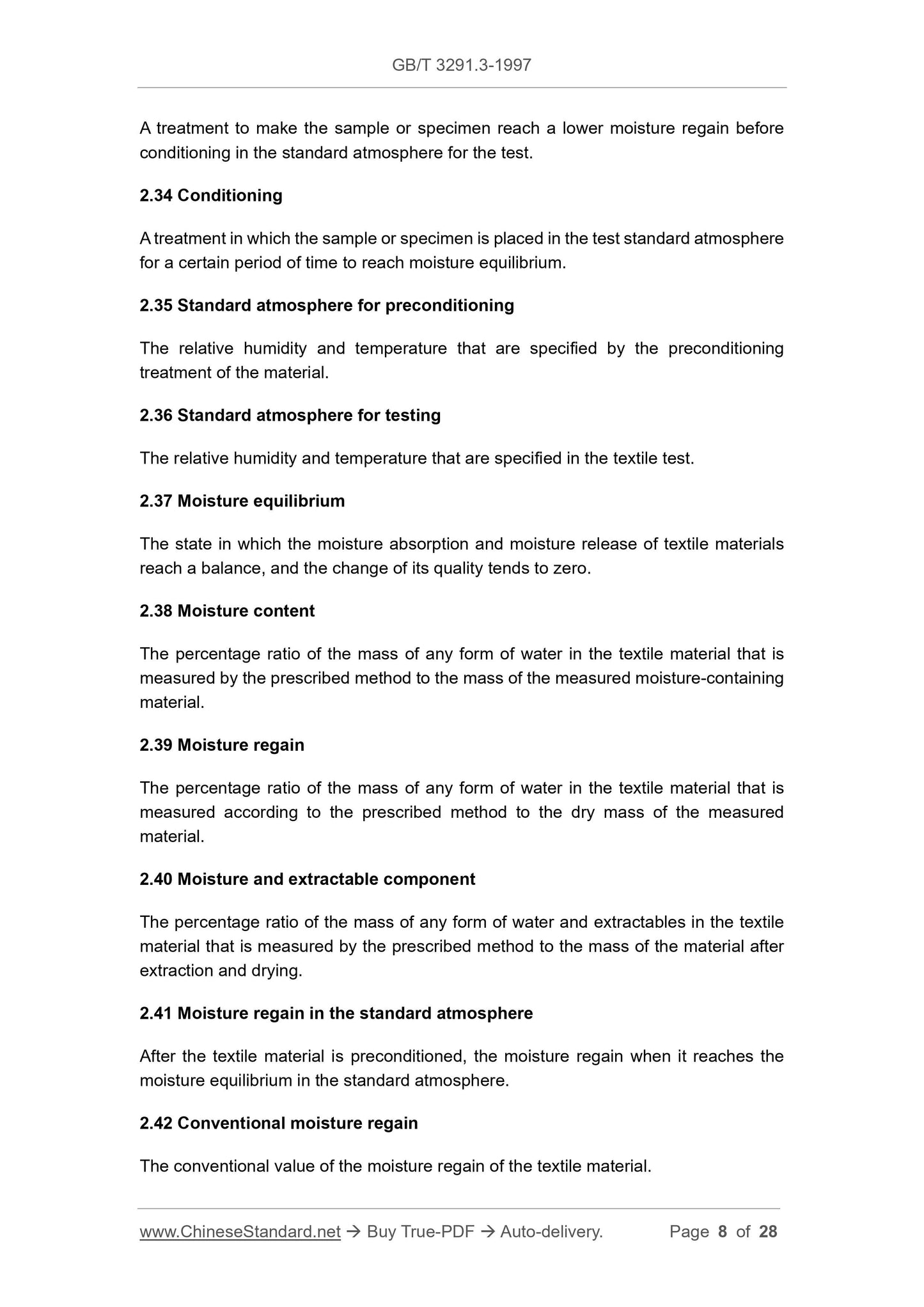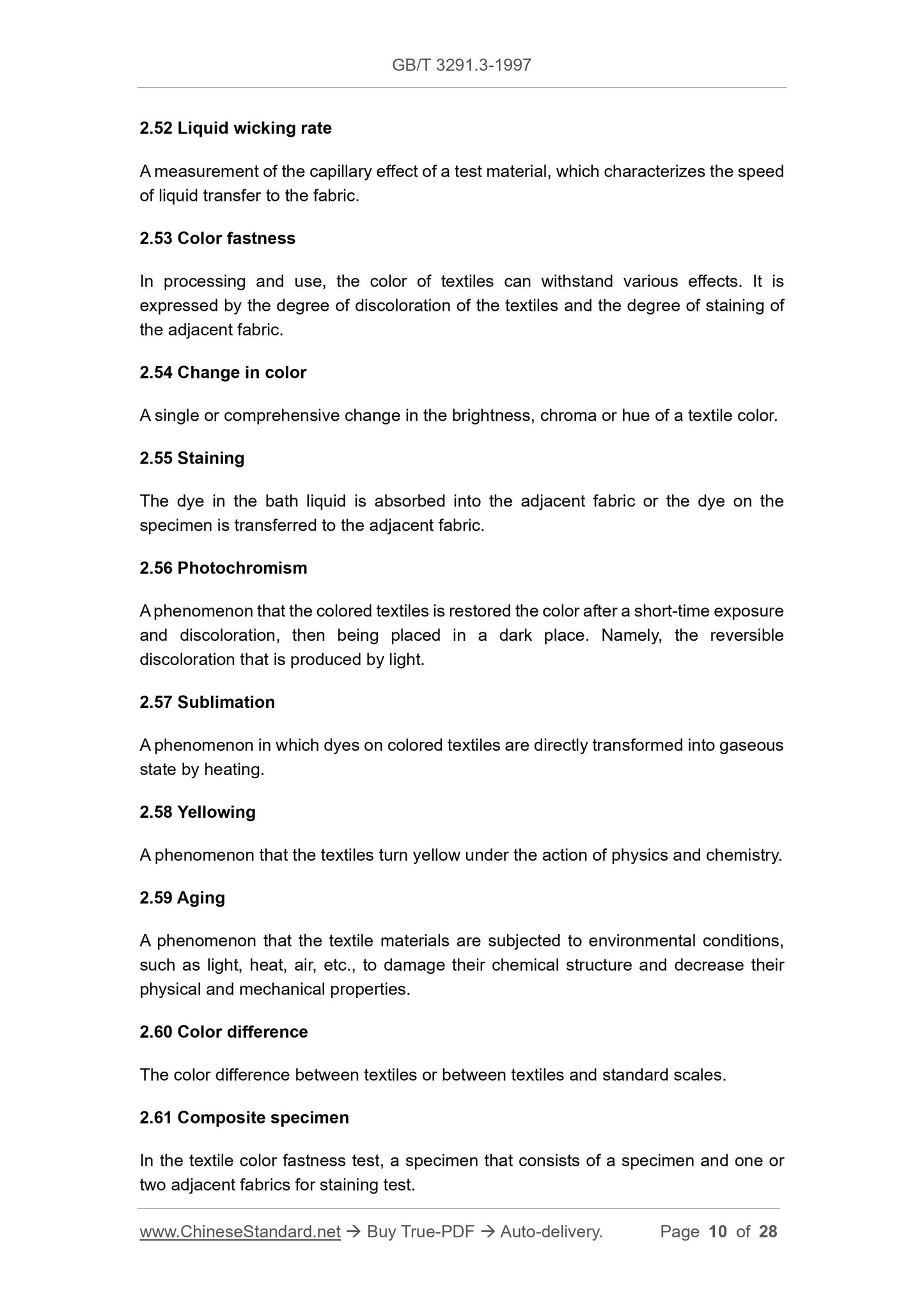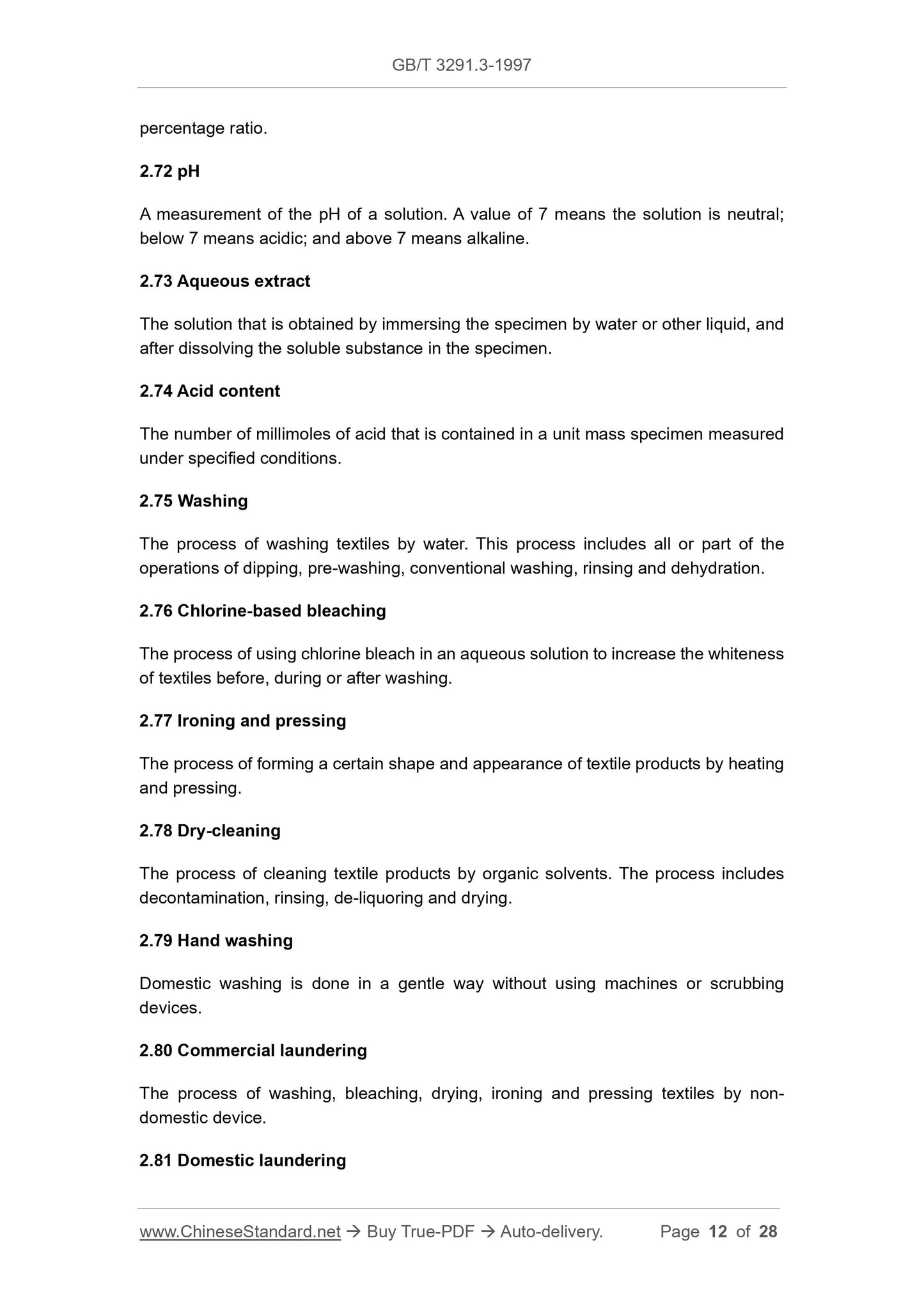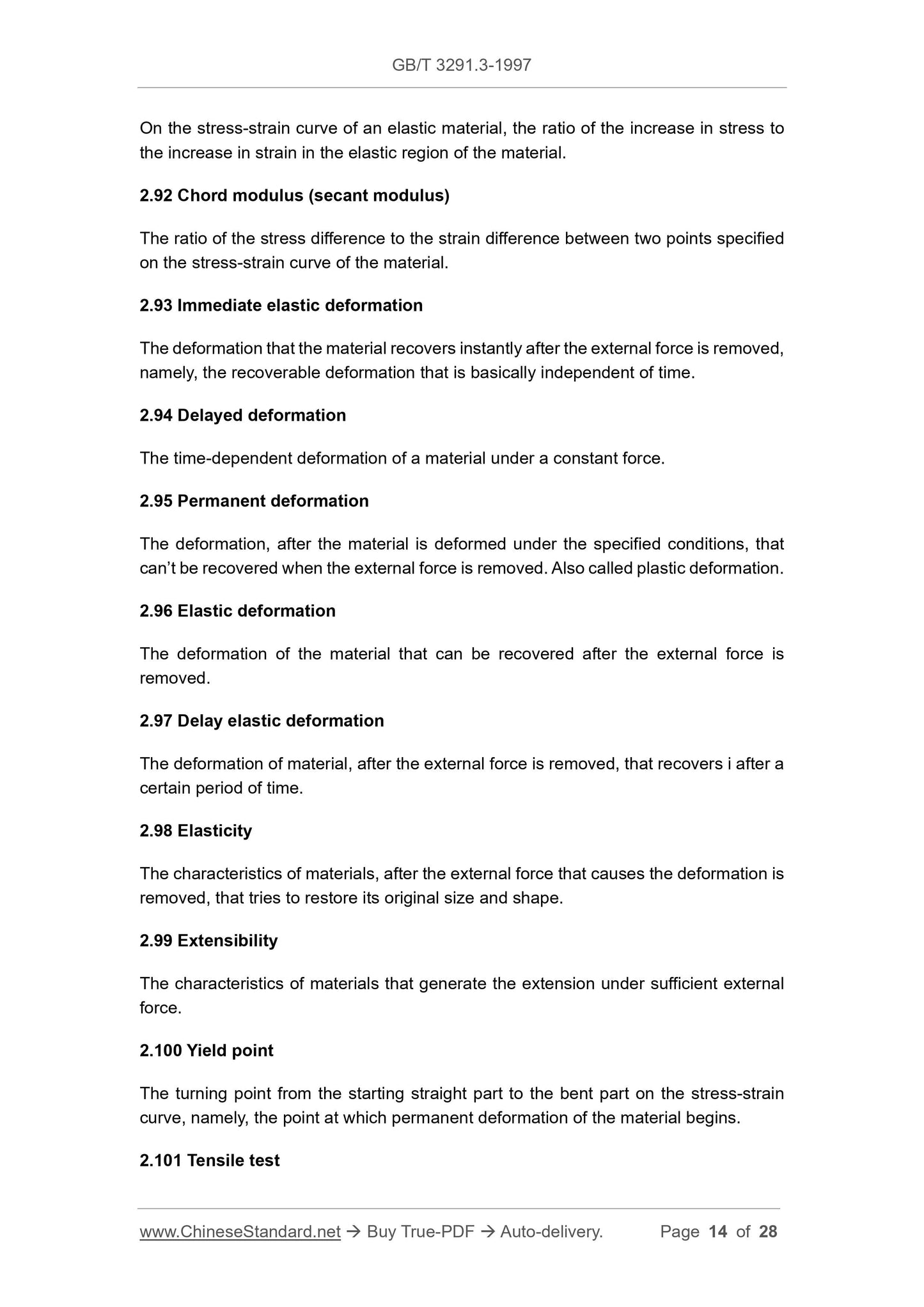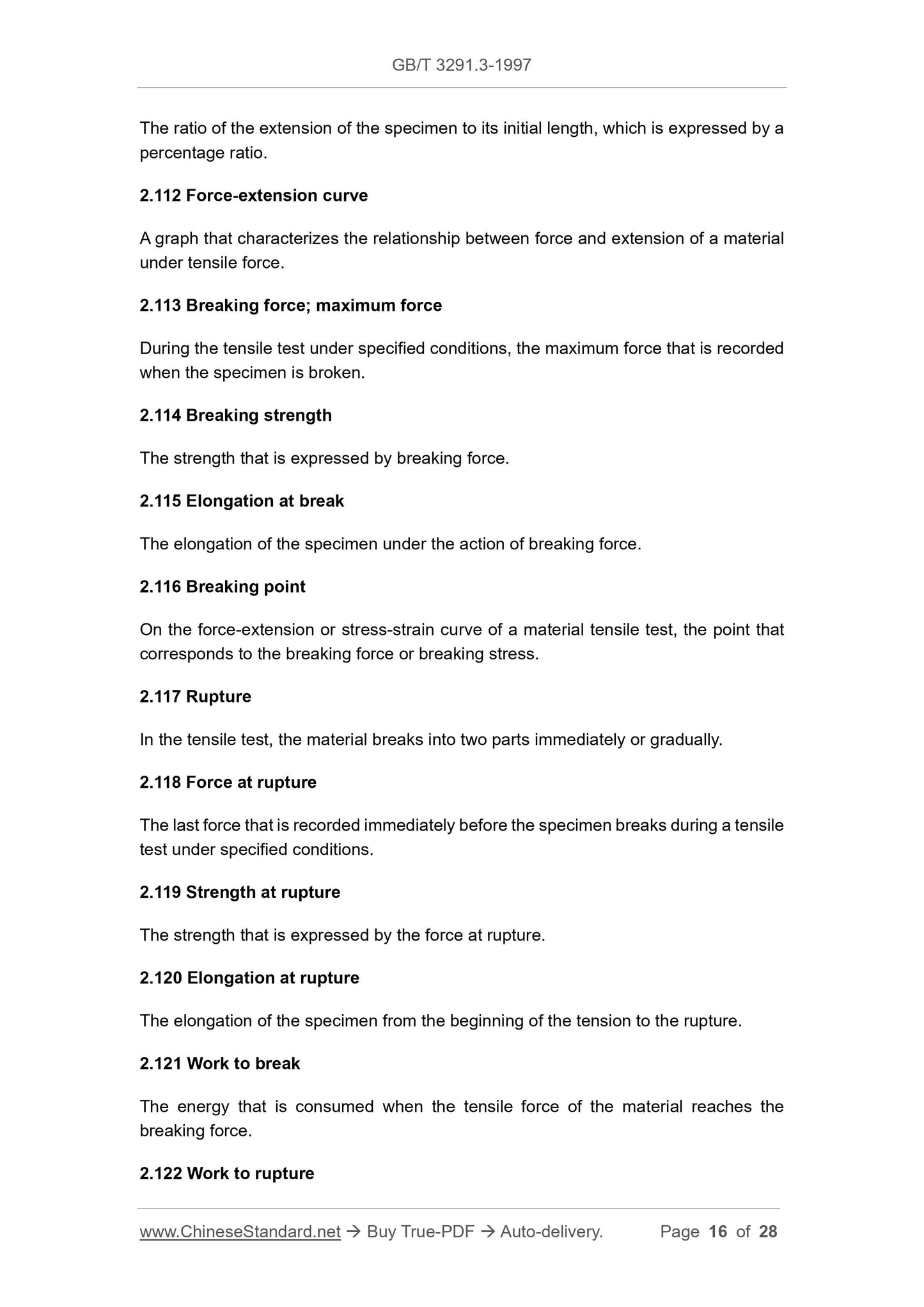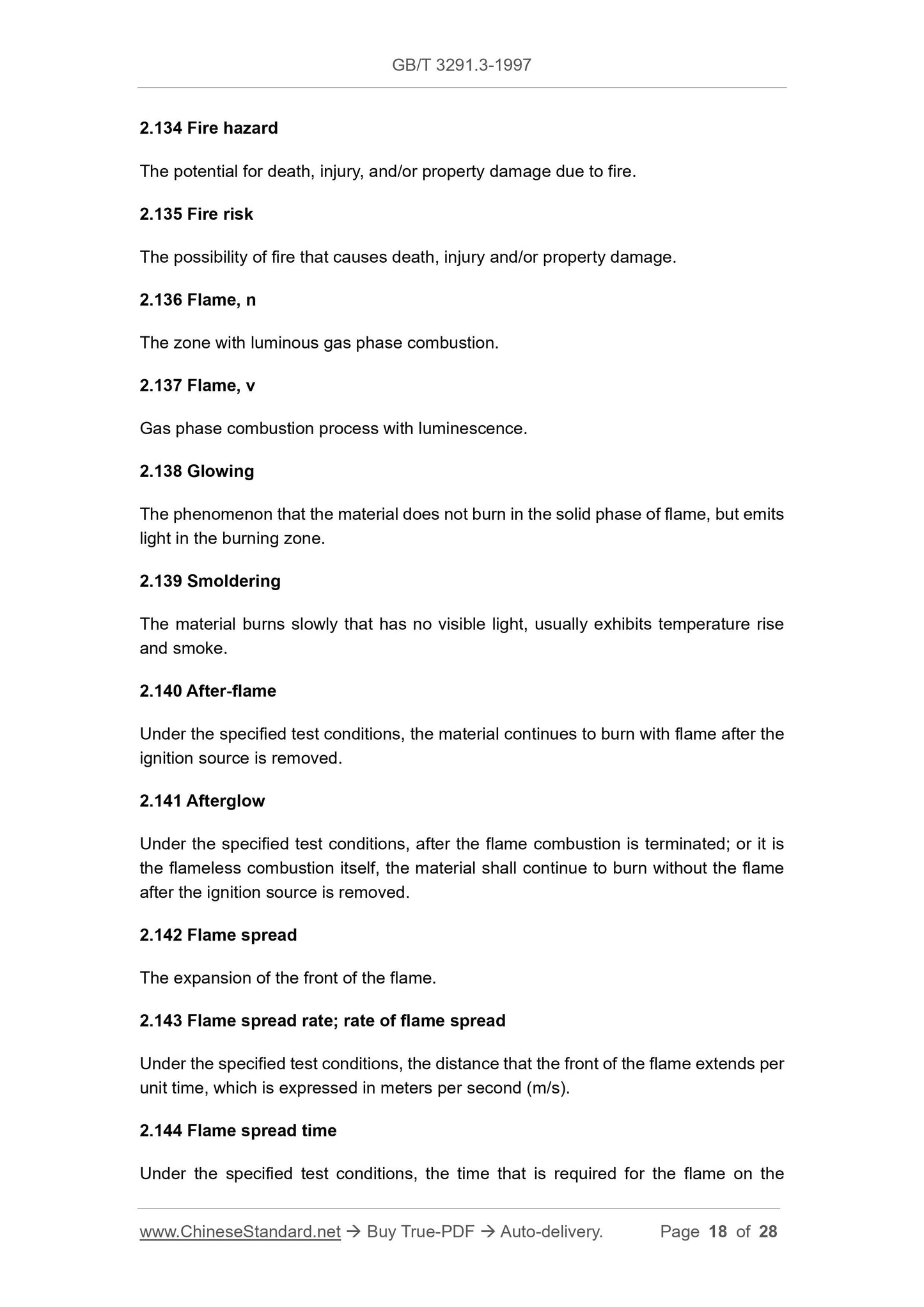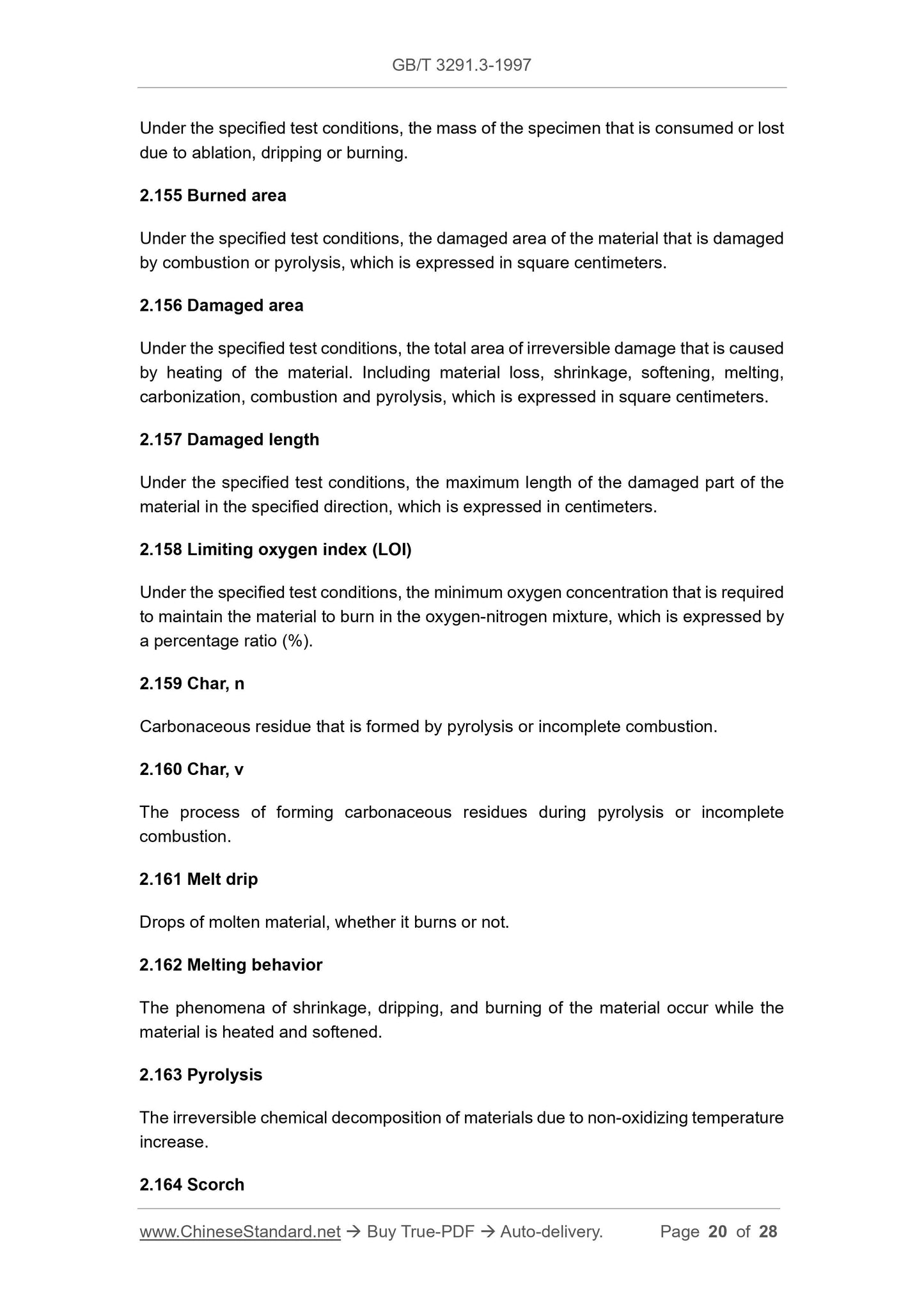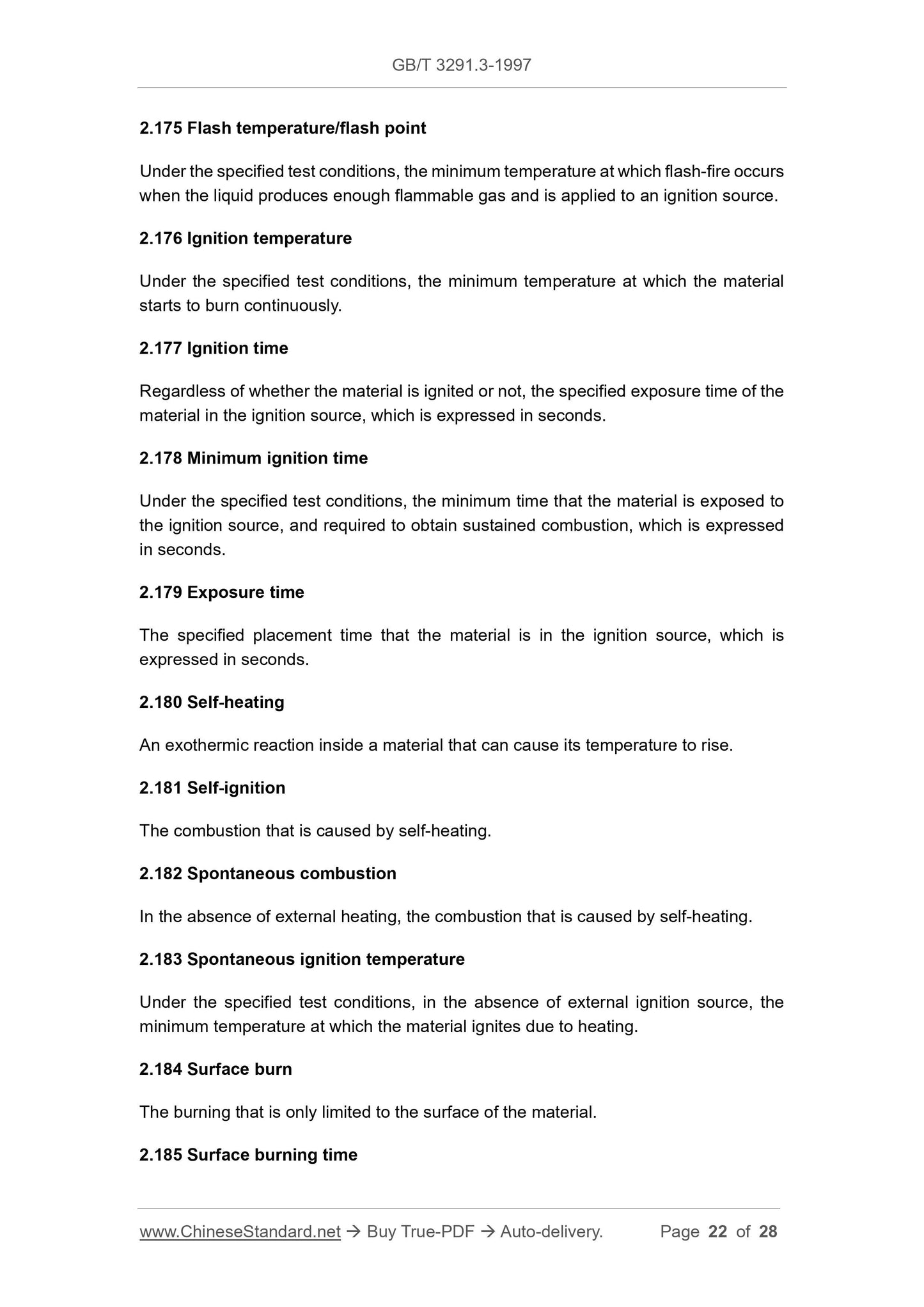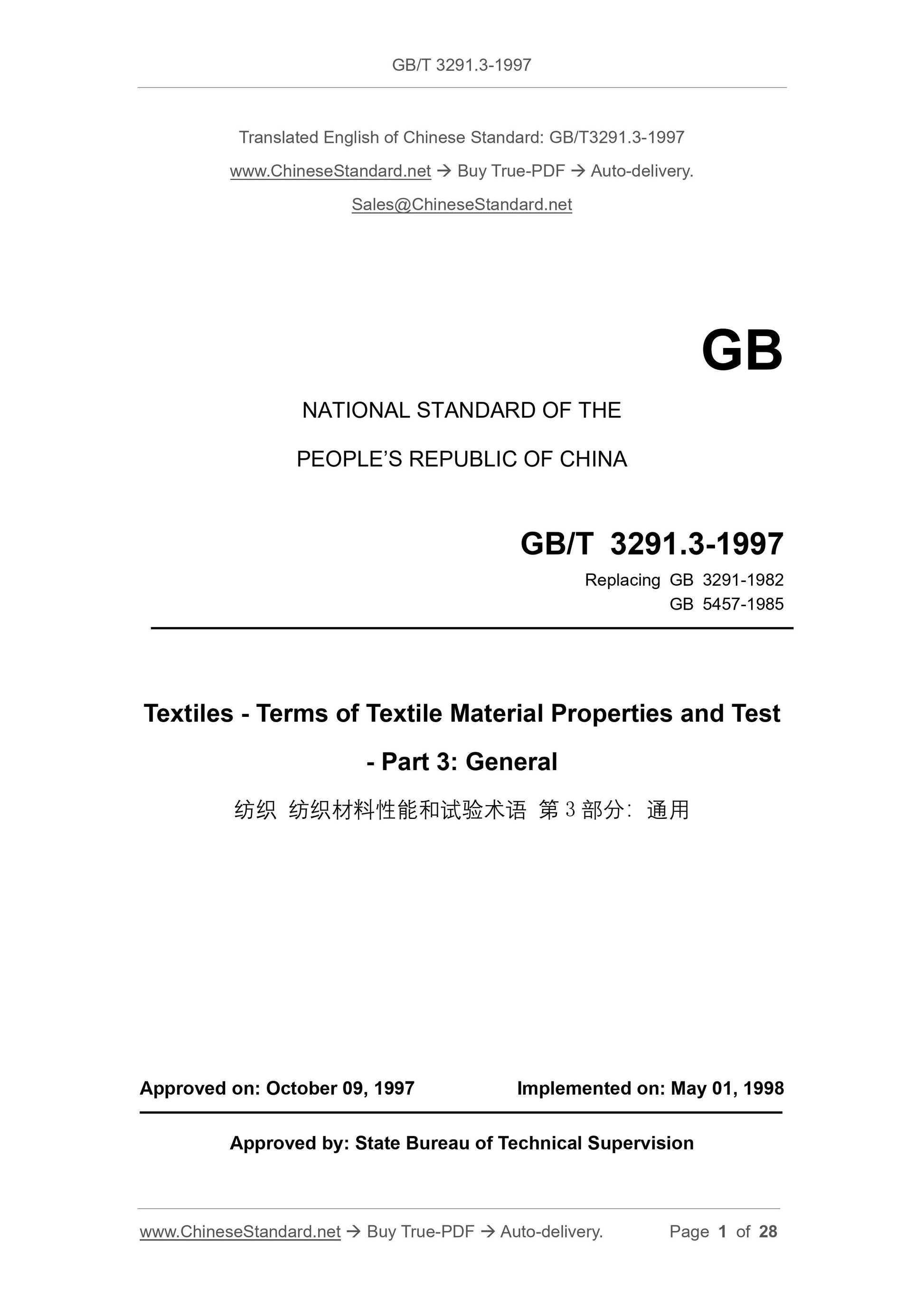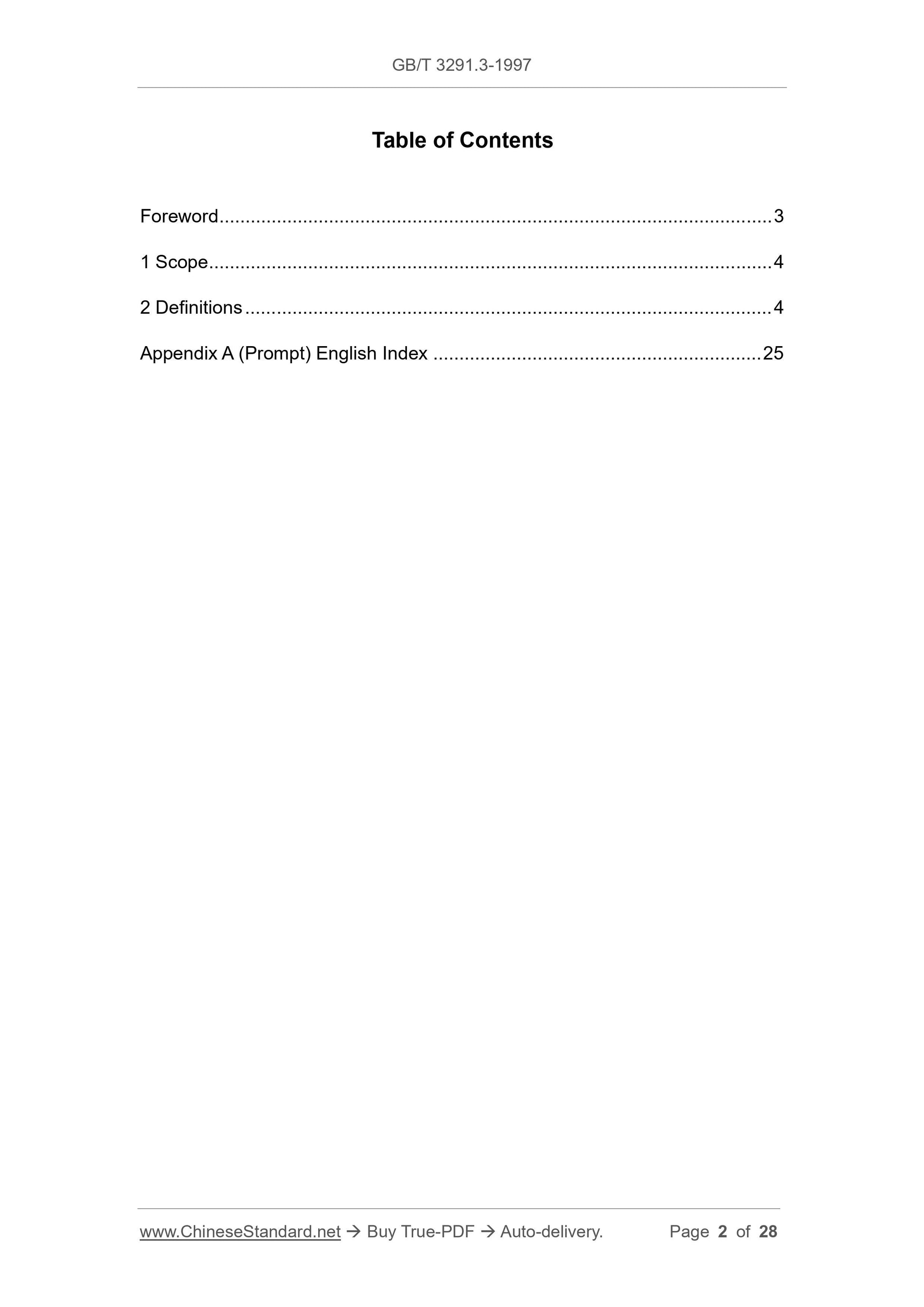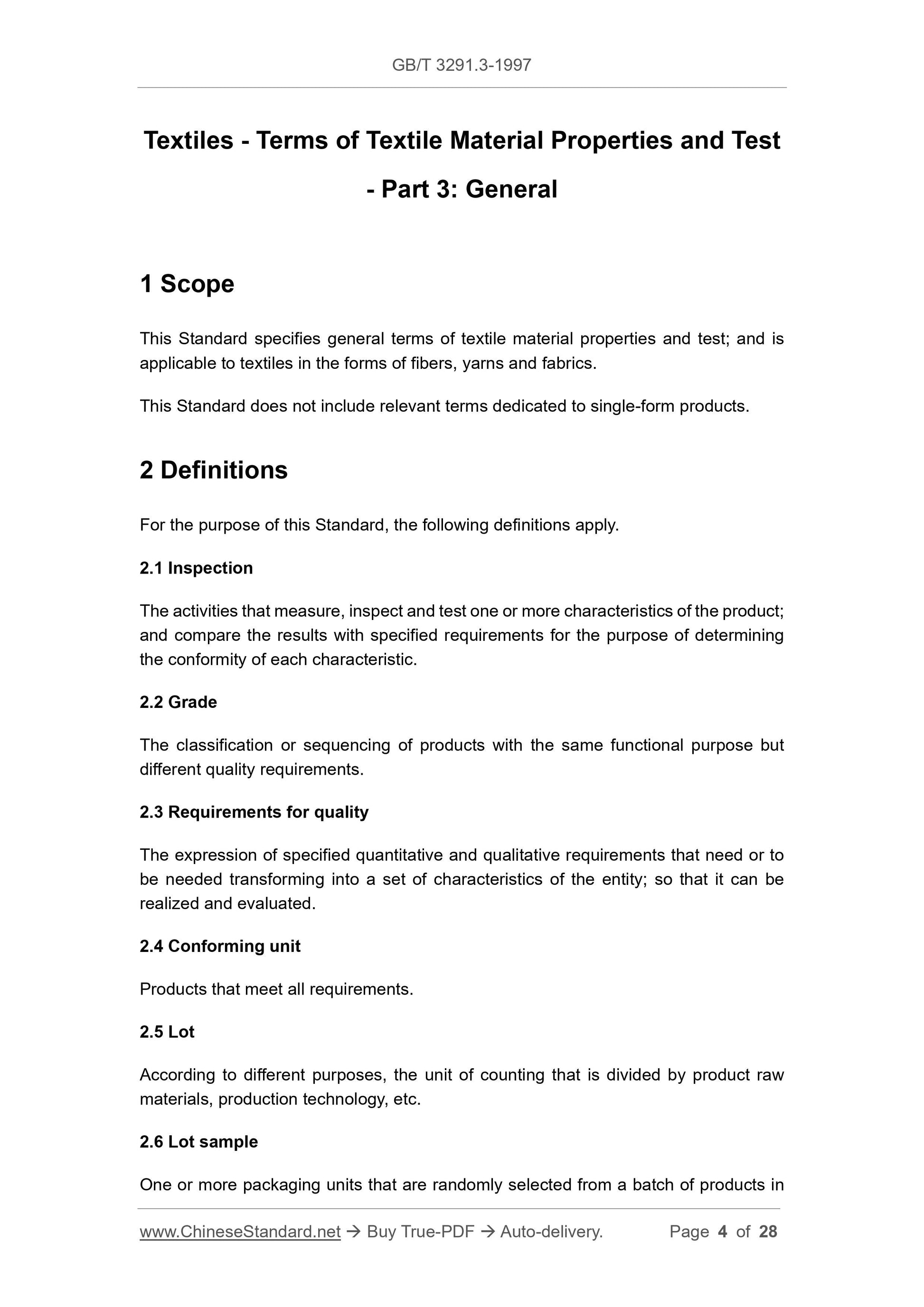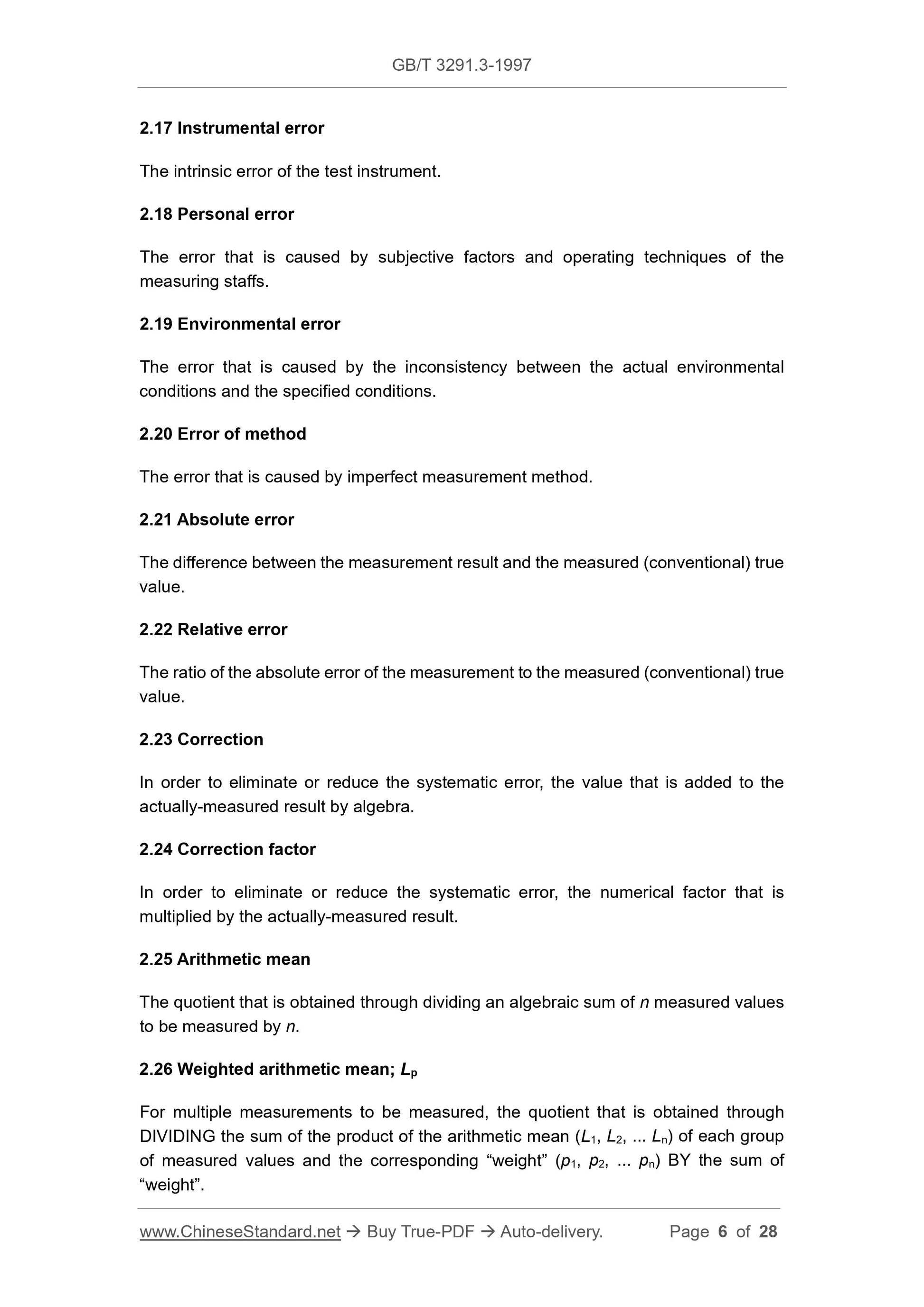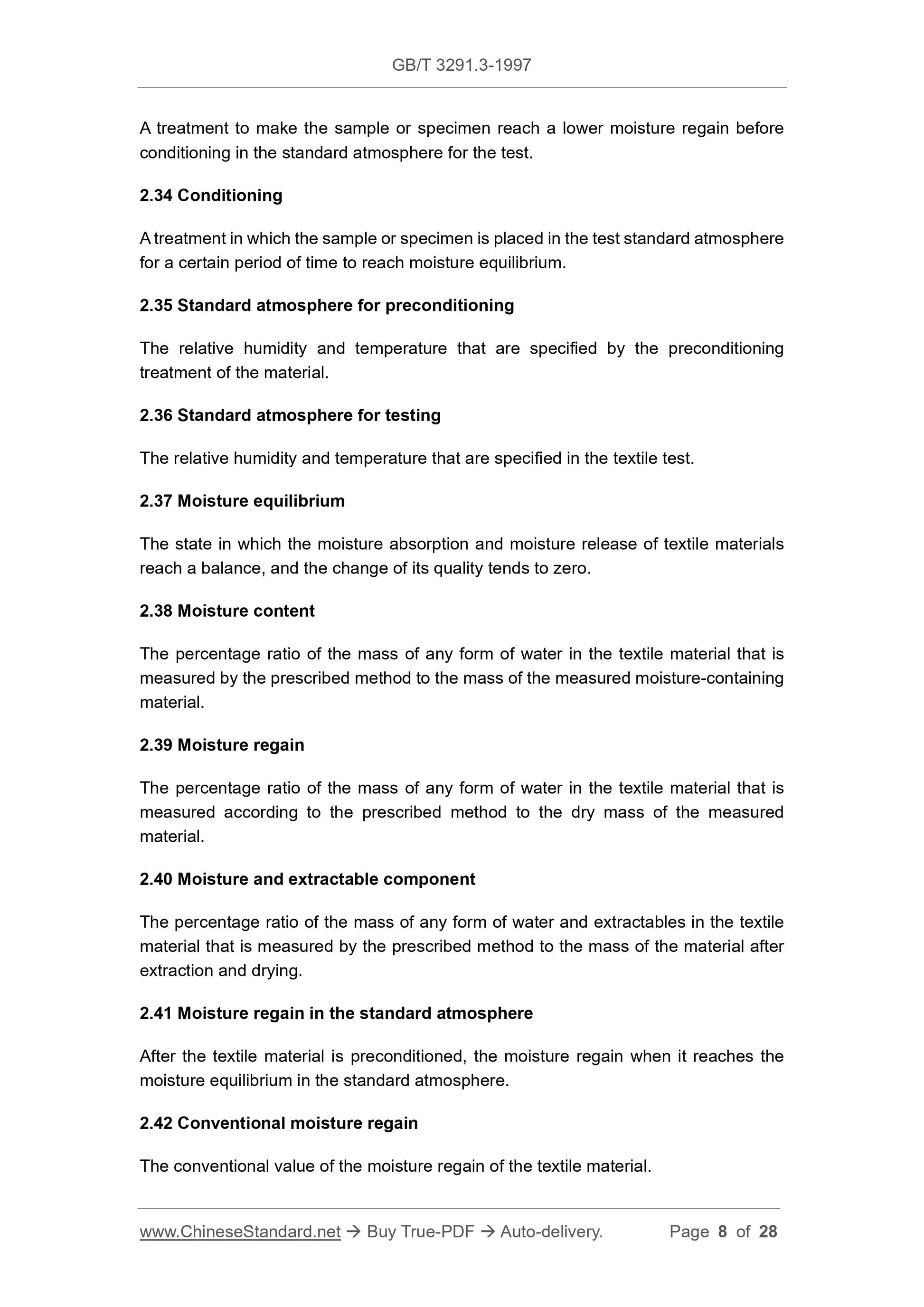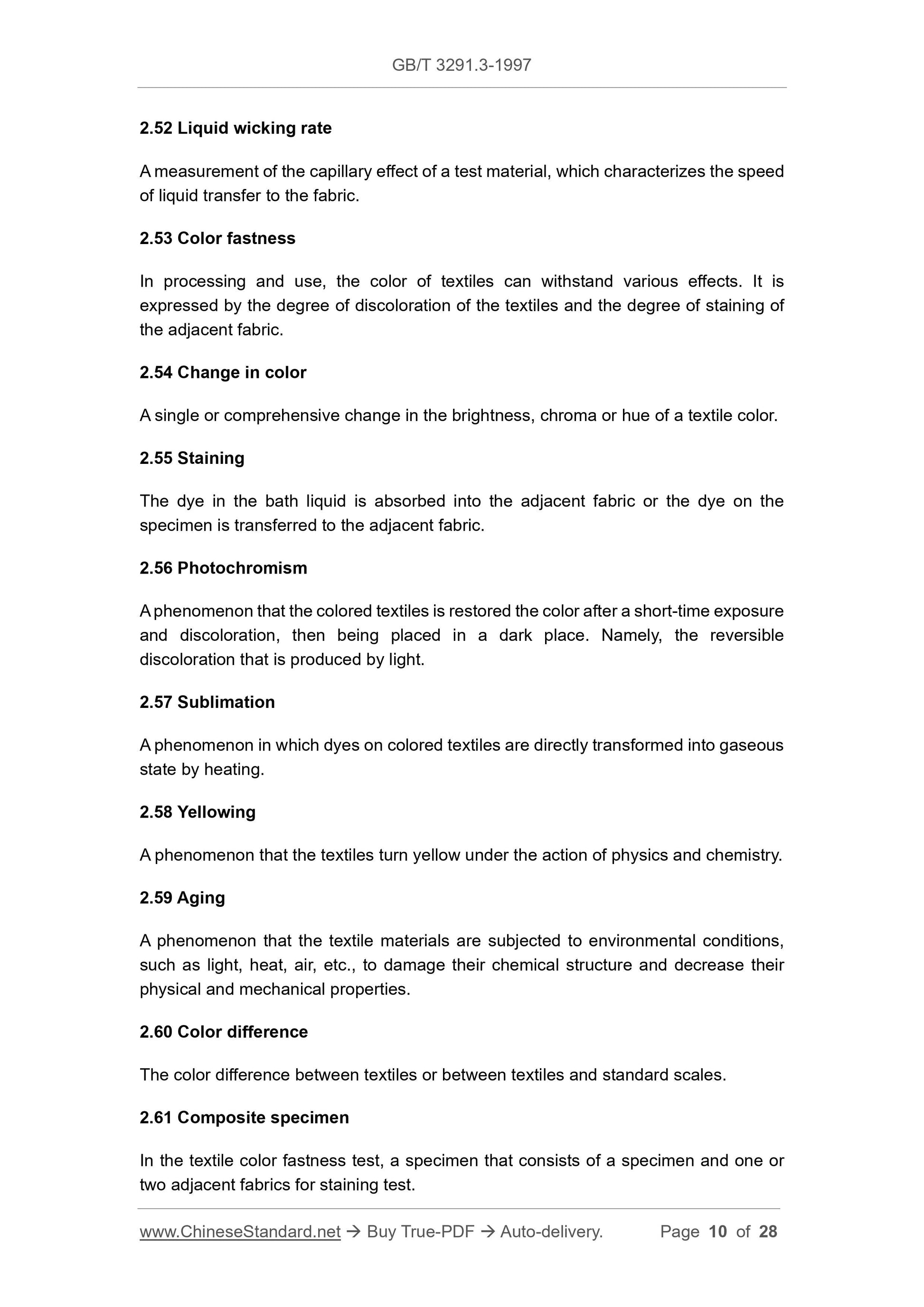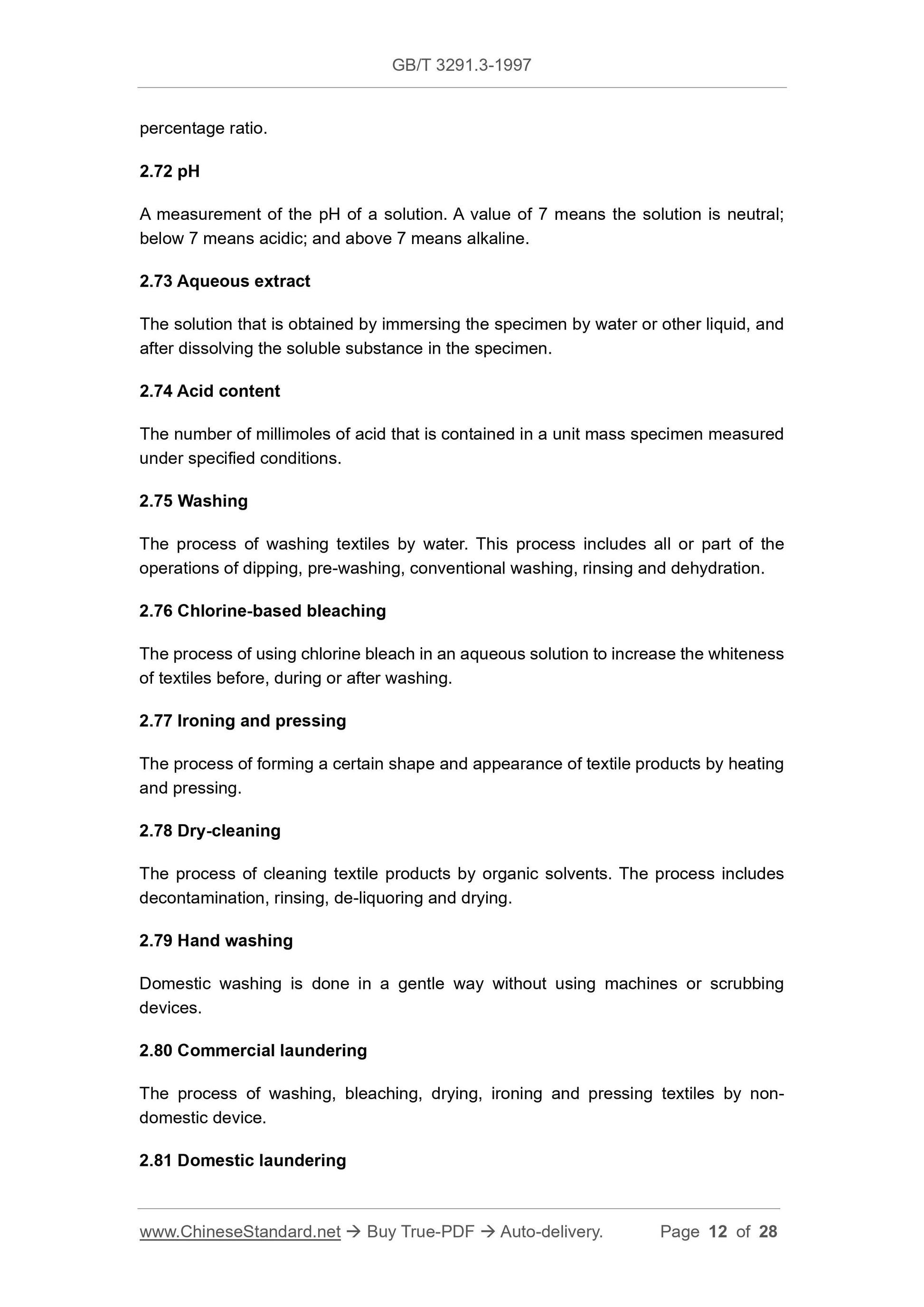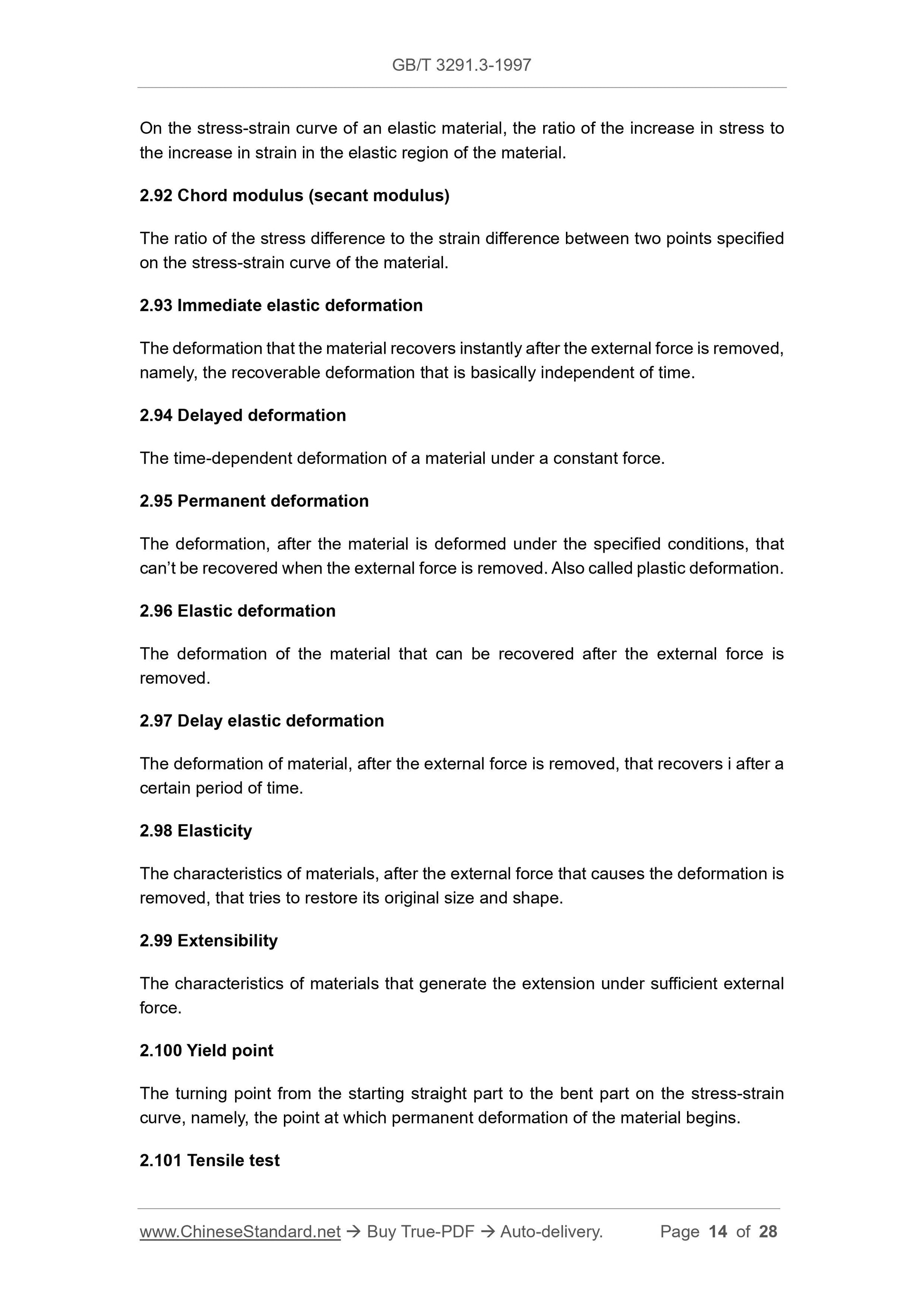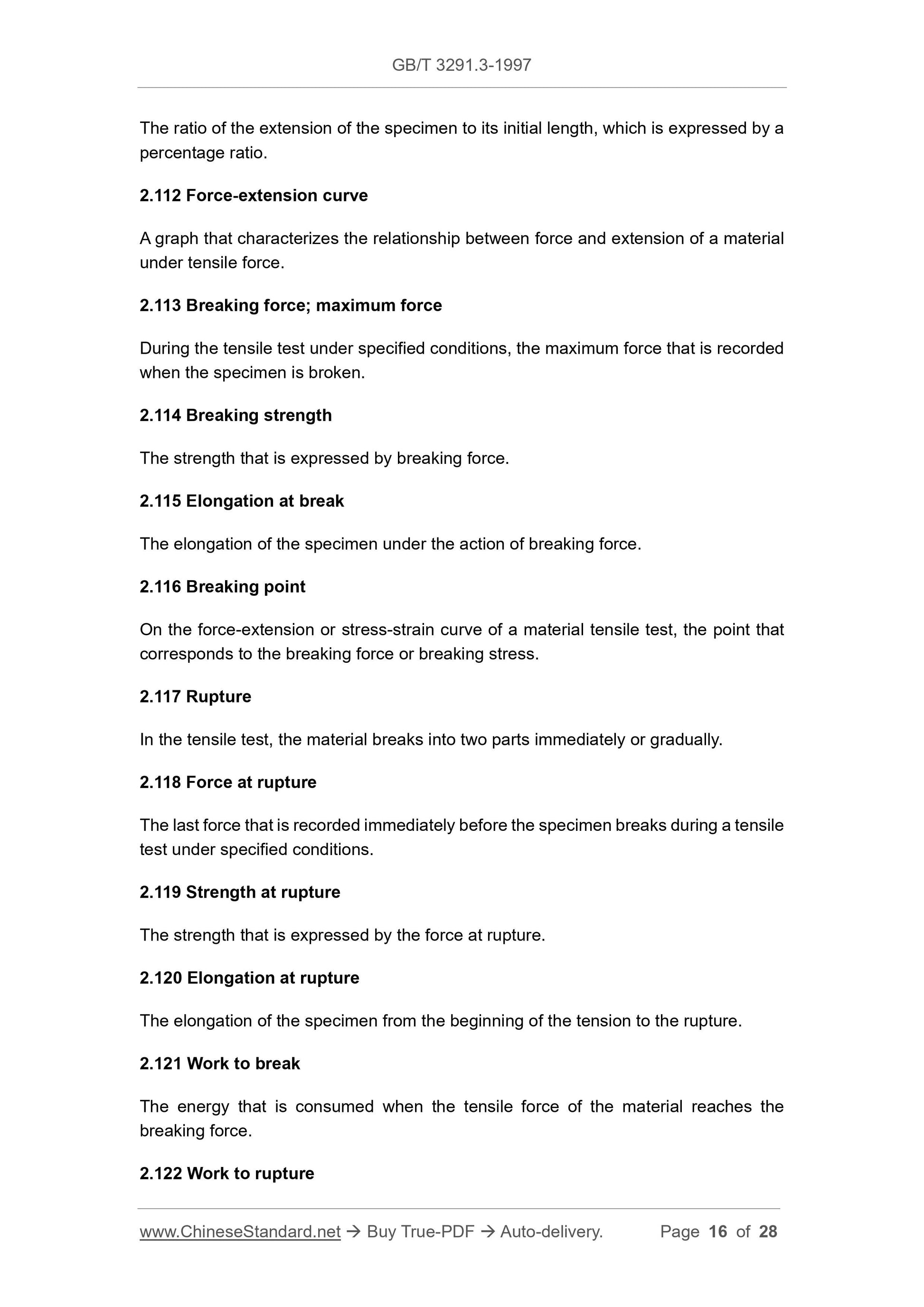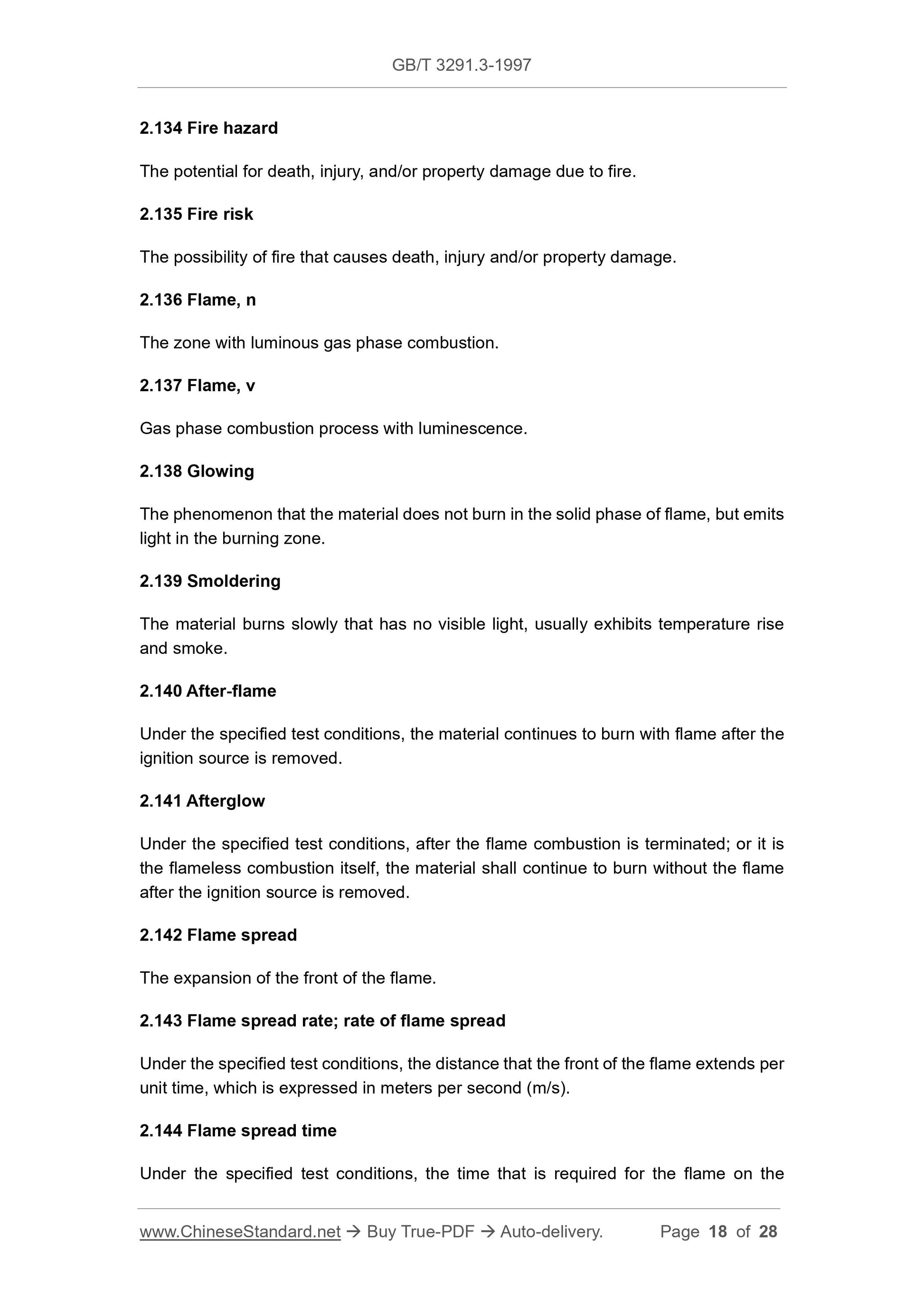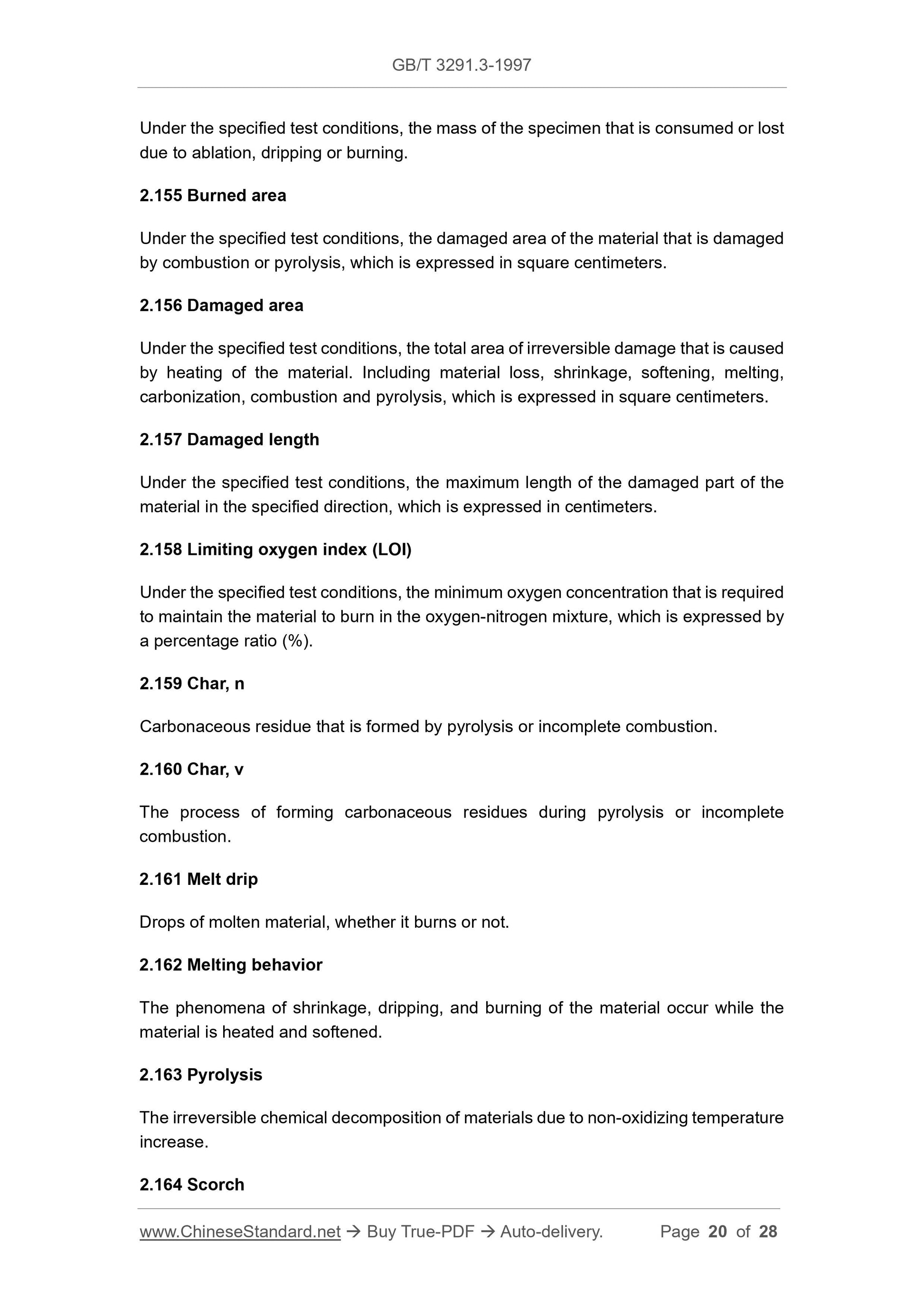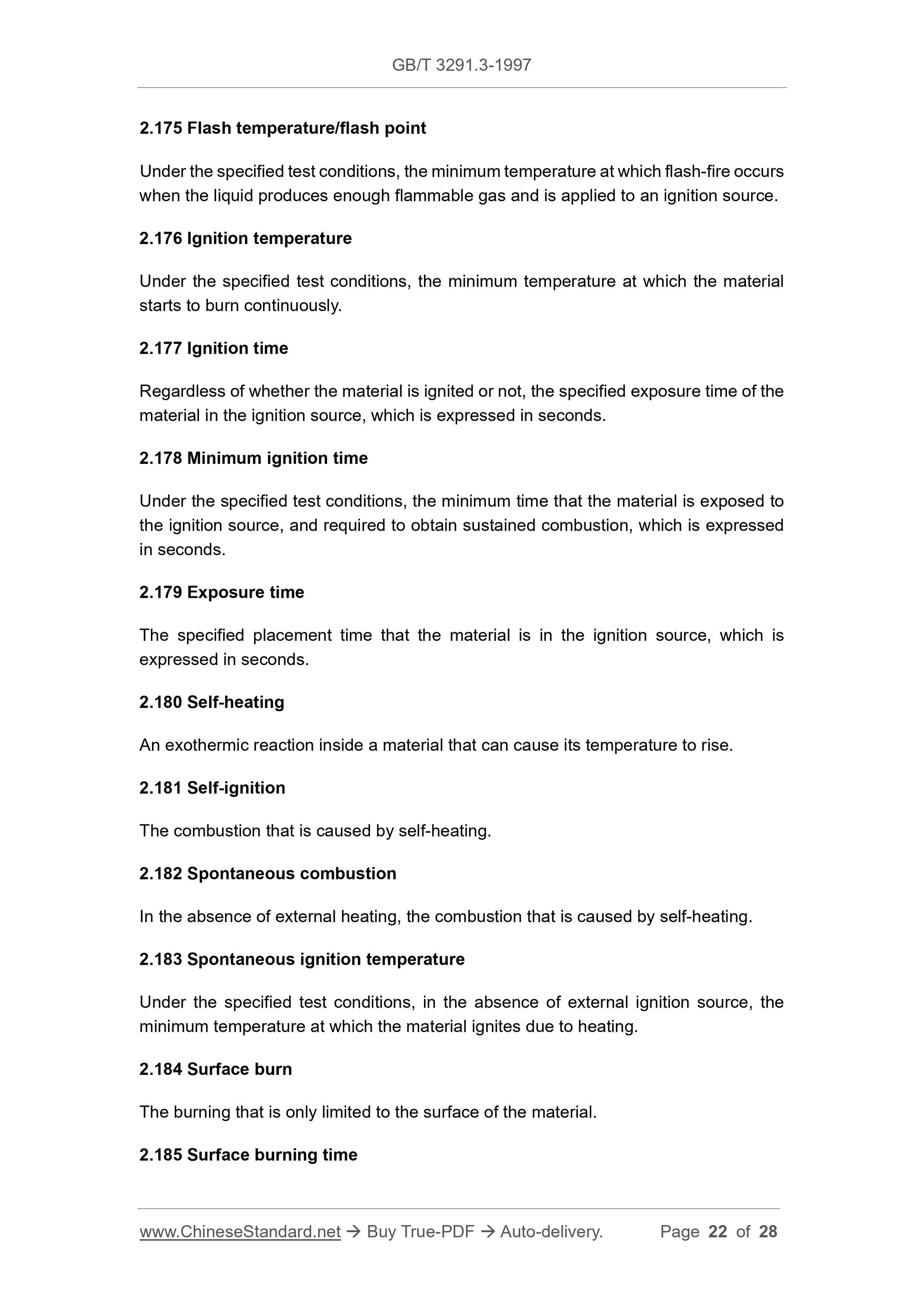1
/
of
12
www.ChineseStandard.us -- Field Test Asia Pte. Ltd.
GB/T 3291.3-1997 English PDF (GB/T3291.3-1997)
GB/T 3291.3-1997 English PDF (GB/T3291.3-1997)
Regular price
$200.00
Regular price
Sale price
$200.00
Unit price
/
per
Shipping calculated at checkout.
Couldn't load pickup availability
GB/T 3291.3-1997: Textiles. Terms of textile material properties and test. Part 3: General
Delivery: 9 seconds. Download (and Email) true-PDF + Invoice.Get Quotation: Click GB/T 3291.3-1997 (Self-service in 1-minute)
Newer / historical versions: GB/T 3291.3-1997
Preview True-PDF
Scope
This Standard specifies general terms of textile material properties and test; and isapplicable to textiles in the forms of fibers, yarns and fabrics.
This Standard does not include relevant terms dedicated to single-form products.
Basic Data
| Standard ID | GB/T 3291.3-1997 (GB/T3291.3-1997) |
| Description (Translated English) | Textiles. Terms of textile material properties and test. Part 3: General |
| Sector / Industry | National Standard (Recommended) |
| Classification of Chinese Standard | W04 |
| Classification of International Standard | 59.06 |
| Word Count Estimation | 20,277 |
| Date of Issue | 10/9/1997 |
| Date of Implementation | 5/1/1998 |
| Older Standard (superseded by this standard) | GB 3291-1982; GB 5457-1985 |
| Issuing agency(ies) | State Bureau of Technical Supervision |
| Summary | This standard specifies the general term in the performance of textile materials and testing, applied to textile fibers, yarns and fabrics, such as morphology. This standard does not include a single form of product-specific information about the terminology. |
Share
